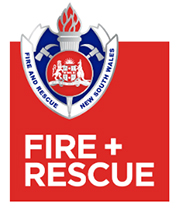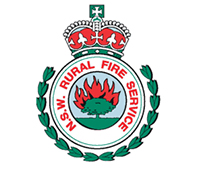Fire Safety
NSW Smoke Alarms – It’s the law
Fact
Where are the Smoke Detectors? Research shows that in 2007, 6% of NSW homes still do not have smoke alarms (Source: ABS Household Preparedness for Emergencies Oct 2007).
From 1 May 2006, all NSW residents must have at least one working smoke alarm (sometimes mistakenly referred to as “smoke detectors”) installed on each level of their home. This includes owner occupied, rental properties, relocatable homes or any other residential building where people sleep.
Smoke alarms are already mandatory for all new buildings and in some instances when buildings are being renovated. Smoke alarms are life-saving devices that provide benefits for occupants. They detect smoke well before any sleeping occupant would and provide critical seconds to implement actions to save life and property. Smoke alarms are designed to detect fire smoke and emit a loud and distinctive sound to alert occupants of potential danger.
The Building Legislation Amendment (Smoke Alarms) Act 2005 and the Environmental Planning and Assessment Amendment (Smoke Alarms) Regulation 2006 commenced in NSW on 1 May 2006.
The Legislation refers to residential accommodation across NSW and requires the installation of one or more smoke alarms in buildings in which persons sleep, smoke alarms installed in such buildings must be operational, and persons do not remove or interfere with the operation of smoke alarms installed in such buildings. A person who does not comply with the legislation is guilty of an offence (maximum penalty $550).
These types of Residential accommodation require smoke alarms; detached houses, terrace houses, town houses, villa units (Class 1a buildings), apartments, home units, flats (Class 2 buildings), caretakers flats, single residences above shops (Class 4 parts of buildings), relocatable homes, eg manufactured homes and moveable dwellings, but not tents, campervans, caravans or the like.
Shared accommodation installation is also mandatory in small boarding houses, guest houses, hostels; backpackers accommodation; bed and breakfast accommodation (Class 1b buildings), large boarding houses, guest houses, hostels, backpacker accommodation; residential parts of hotels, motels, schools, health care buildings, detention centres; certain residential accommodation for the aged, children and people with disabilities (Class 3 buildings) and hospitals and nursing homes (Class 9a health care buildings).
If you answered yes to any of the above then the new laws apply to you and you must have a minimum of one working smoke alarm on each level of your building.
Remember
144 deaths occurred in house fires across NSW between 2000 and June 2005. Based on NSWFB Fire Investigation and Research Unit case study research, one third to a half of those fatalities may have been prevented if the homes had working smoke alarms and had a practised home escape plan.
From 1 May 2006, all NSW residents must have at least one working smoke alarm installed on each level of their home. This includes owner occupied, rental properties, relocatable homes or any other residential building where people sleep.
Any alarms installed after 1 May 2006 must comply with AS3786.




